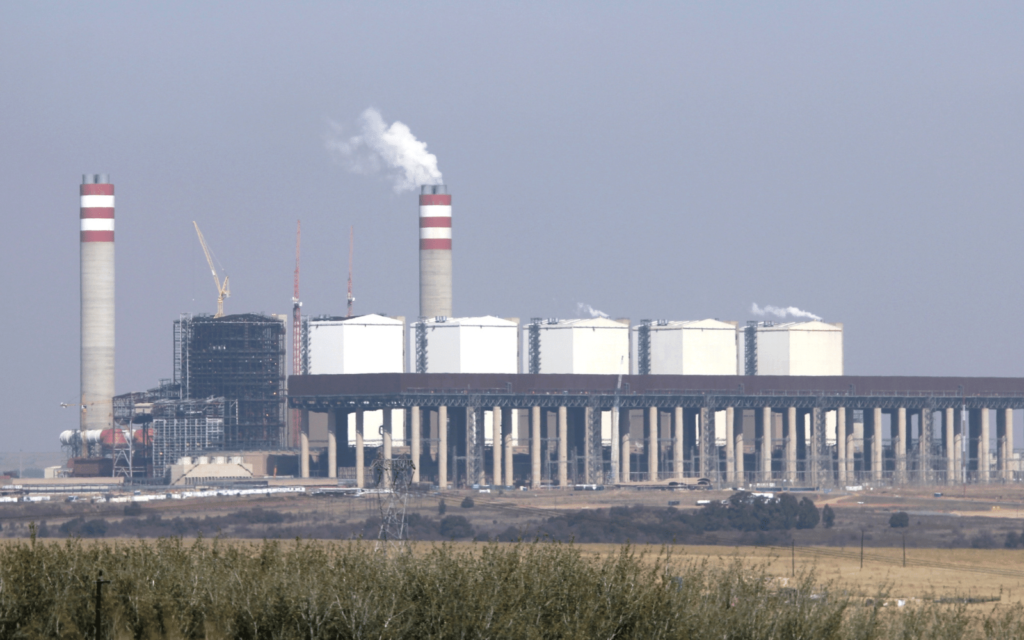The world’s largest emitter of sulphur dioxide (AKA Eskom) is searching for approval to release more of the pollutant. We know. This sounds like part of a much larger scheme to kill off a couple of customers and save electricity in the long run, but we swear it’s not. The power provider is trying to bypass environmental laws in order to get three of Kusile’s six units up and running a year faster than expected, thus lessening the effect of load shedding.
Eskomplicated
First, though, it needs the approval of South Africa’s environmental department. Should the utility get the go-ahead, it’ll bypass the flue-gas desulphuration unit (FGD) which removes sulphur dioxide (SO2) from Kusile’s emissions. Temporary structures would be built to avoid building into the FGD so that repairs can continue on a duct that collapsed in 2022.
The result? An additional 2,100MW of generating capacity returned to the grid, loosening load shedding’s grip on the economy. There’s just one tiny issue. Doing so would increase Eskom’s SO2 emissions eightfold, bringing Kusile’s S02 output up to 80,000 tons alone, according to Lauri Myllivirta, a lead analyst at the Centre for Research on Energy and Clean Air.
Read More: Minister of Electricity, State of Disaster take the spotlight at SONA 2023 – SA reacts
Myllivirta claims that Eskom’s K/D ratio is currently sitting at around 2,000 people (per year), and the bypassing of the FGD would only bump that number up significantly. In fact, with eight times more SO2 leaking from Kusile, the number of deaths could rise up to around 16,000 per year.
Of course, Eskom takes issue with that 2,000/year number and believes that it’s only responsible for around 320 deaths per year. Whether that’s true or not is still up for debate, though if Eskom is right, its yearly toll could surpass 2,500. But hey, Stage 3, right?
Source: Bloomberg




